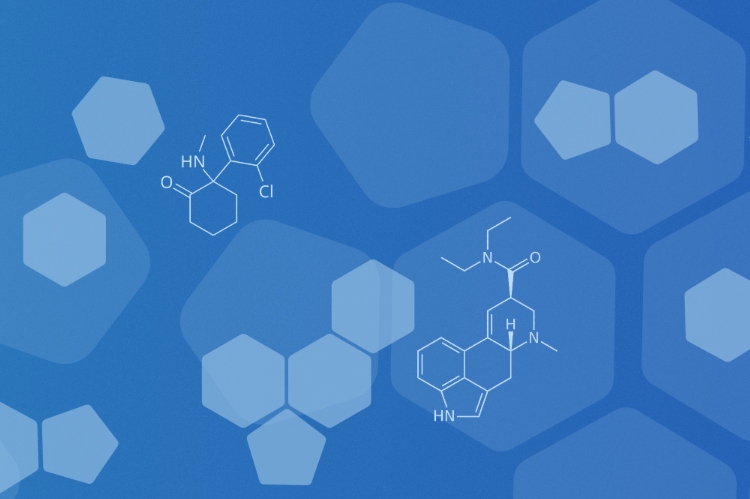
THE HISTORY OF
PSYCHEDELIC RESEARCH
AND THERAPIES
The rise to prominence of psychedelic substances such as LSD and psilocybin in the 20th century made a big impact on the scientific community. By 1965 over 2000 papers had been published that described the successful treatment of over 40,000 patients for mental disorders as diverse as anxiety disorders, obsessive-compulsive disorders, depression and alcoholism. Unfortunately, the therapists and researchers who’d published these papers were forced to abandon their work when most psychedelic substances were made illegal in the 1960s.
Psychedelic research came to an end as quickly as it had come to life. The lack of control groups, proper subject screenings, and follow-up studies made it hard to draw any hard, scientific conclusions. Fifty years later the tide has again begun to turn thanks to the efforts of organisations like MAPS, the Beckley Foundation and the Heffter Research Institute and Imperial College London, Johns Hopkins University, amongst others.
Since the beginning of the 1990s, this new renaissance of psychedelic research has been carried out in accordance with contemporary scientific standards. Although the results of these studies look promising and many scientists working with these substances believe psychedelics to have a great potential, the subfield of psychedelic science has remained quite unknown to the general scientific community.


